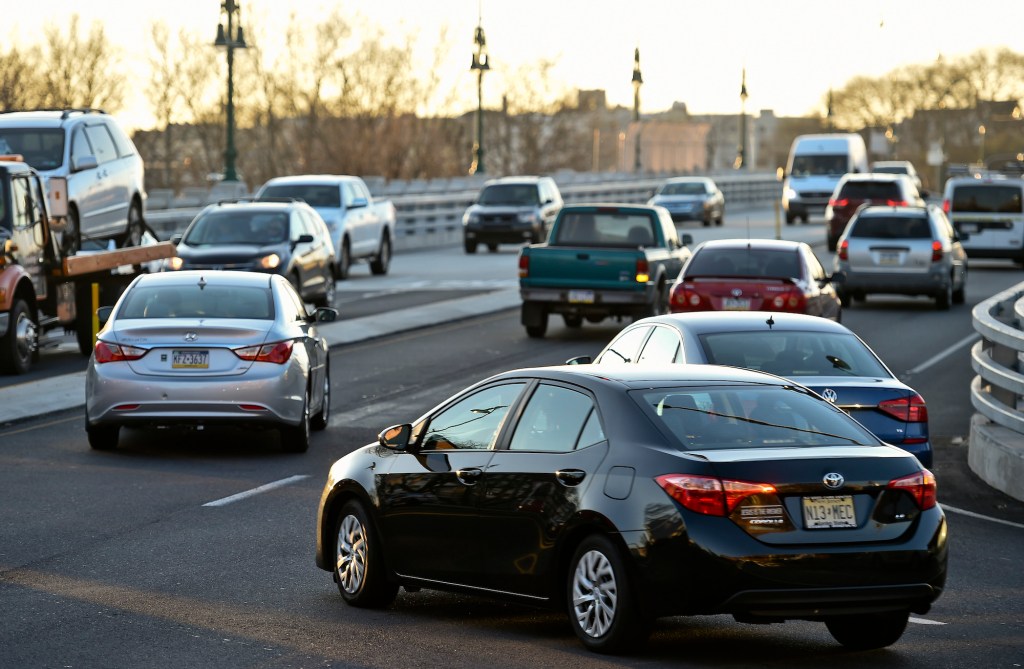
How to Save Your Brakes as a City Driver
Look at gas mileage ratings, and you’ll see a big discrepancy between highway driving and city driving. You’ll notice the same differences when comparing the life expectancy of brakes. Traffic lights, road work, and other factors typical of metropolitan streets contribute to wear and tear on your car. If you want to know how to save your brakes as a city driver, read on. These tips might even improve your car safety and save your life.
Tip #1: Don’t wait until the last second to stop

When you drive in the city, pay attention to everything around you, and pay extra attention to what’s in front of you. When you see a stop sign or yellow light ahead, take your foot off the gas and allow your vehicle to slow and coast to a stop. If you see brake lights ahead of you on the highway, do the same thing. This lets your engine perform some of the work and save excess wear and tear on your brakes.
In city traffic, adhere to the three-second rule. Choose a stationary object that’s parallel to the car ahead of you. An intersection, building, or billboard will do the trick. Count to three as your car approaches the object. If it takes less than three seconds to get there, you’re following too closely, Les Schwab Tires reports. Always leave enough space between you and the car ahead to avoid stop-and-go traffic, which wreaks havoc on your brakes.
Tip #2: Save your brakes on steep hills
If you drive in San Francisco or another hilly city, put your vehicle into low gear when heading downhill. Lightly pump the brakes while letting the engine do most of the work.
Riding the brakes all the way down a steep hill is a bad idea because it keeps the pads in constant contact with the rotors. When you balance engine braking and pumping your brakes while driving downhill, your braking system has a chance to cool. It might cause a slight amount of engine wear, but it can save your brake drums, pads, rotors, and calipers.
However, Les Schwab Tires says you should never use this method on icy roads because you could lose control.
Signs that your brakes are wearing out
Potholes, speed bumps, near-collisions, and drivers who merge without warning are just some of the things that make city driving chaotic. Ambulances, red lights, and road maintenance crews also affect city driving in ways that take their toll on brakes.
Pay attention to how far the pedal goes down when you step on it. A pedal that goes closer to the floor than usual is a symptom of worn-out brake pads. Take a peek between the wheel spokes. If they’re less than a quarter-inch thick, they need to be replaced. If your car pulls to one side as you stop, your brake linings might be wearing unevenly. If your pedal vibrates, it could be a sign that your rotors are warped.
Responsible car ownership entails planning to prevent small problems from becoming big headaches. Maintain your vehicle with regular tune-ups to enjoy safer, more efficient city driving.


